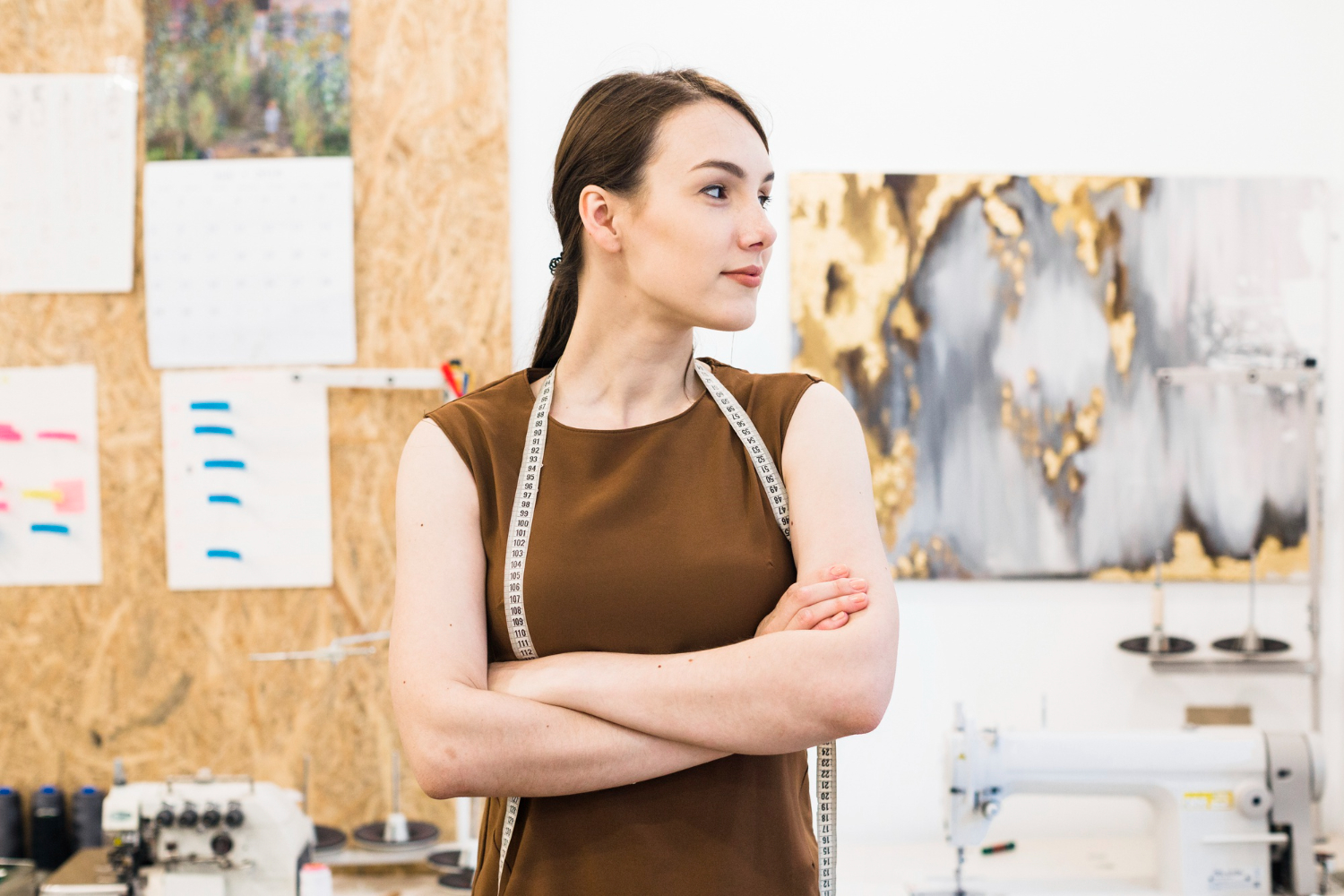The modeling industry is an ever-evolving space where new faces emerge constantly. But there are a few names that stand out , not just for their beauty or runway walks, but for how they redefined what it means to be a model. These women and men have broken boundaries, challenged norms, and reshaped the modeling world in ways that continue to influence the industry today. Here’s a deep look into the lives, careers, and legacies of ten iconic models who truly changed the game.
Naomi Campbell
Naomi Campbell is one of the most recognizable names in fashion history. Bursting onto the scene in the late 1980s, she quickly became one of the original “supermodels.” What makes Campbell iconic isn’t just her stunning features and powerful runway presence, but her role in challenging racial boundaries in the industry.
She was the first Black model to appear on the covers of French Vogue and Time magazine. Naomi also demanded diversity and fought for equal treatment behind the scenes. She’s remained relevant over decades, using her influence to mentor younger models and speak out on industry racism, making her legacy about far more than fashion alone.
Tyra Banks
Long before Instagram modeling was a thing, Tyra Banks was building a multi-hyphenate empire. She started modeling at age 15 and soon became the first Black woman to grace the covers of GQ and the Sports Illustrated Swimsuit Issue.
But her true influence came with the creation of “America’s Next Top Model,” a show that educated millions on the nuances of modeling while promoting inclusivity and body positivity. Banks also used her platform to discuss self-esteem and beauty standards, paving the way for today’s more body-conscious industry conversations.
Kate Moss
Few models have had a cultural impact as seismic as Kate Moss. Arriving in the fashion world in the early ’90s, Moss was the antithesis of the tall, Amazonian supermodels of the previous decade. At just 5’7″, she ushered in the era of “heroin chic” with her androgynous look and ethereal aura.
Her campaigns with Calvin Klein and collaborations with designers like Alexander McQueen shifted the industry’s focus from glamour to grunge, setting a new standard for what fashion could represent. Moss also redefined what it meant to have longevity in the modeling world , evolving from waif icon to business mogul.
Cindy Crawford
Cindy Crawford personified the all-American supermodel , but her impact goes beyond her famous beauty mark. With her striking features and relatable persona, Crawford became a household name in the 1990s through fashion campaigns, workout videos, and numerous magazine covers.
She helped bridge the gap between high fashion and mainstream media, showing that models could be entrepreneurs, TV hosts, and brand ambassadors without losing credibility. Her blend of elegance and accessibility still serves as a blueprint for many aspiring models today.
Gisele Bündchen
The Brazilian powerhouse known as Gisele Bündchen reigned as the highest-paid model in the world for over a decade. Gisele brought warmth and athleticism back into modeling during the late ’90s when the “heroin chic” trend was at its peak. Her sun-kissed glow and confident energy made her a favorite among designers and brands like Victoria’s Secret and Chanel.
She redefined the idea of the “runway walk” with her distinctive strut and helped Brazil become a new epicenter of fashion talent. Gisele has also used her fame for activism, advocating for environmental causes and showing how models can use their platforms to drive real change.
Twiggy
Before Instagram influencers and street-style stars, there was Twiggy. Born Lesley Lawson, Twiggy was the face of the Swinging Sixties in London. Her boyish figure, cropped hair, and dramatic lashes made her the poster girl for mod fashion and youth culture.
Twiggy wasn’t just a trend , she symbolized a major shift in the beauty standard. Gone were the curvaceous pin-up figures of the ‘50s, replaced by a more androgynous and modern aesthetic. She challenged traditional femininity and set a precedent for editorial fashion’s constant reinvention of ideal beauty.
Liu Wen
Liu Wen is often credited as the first Chinese supermodel to break into the global fashion scene. She was the first Asian model to walk for Victoria’s Secret and the first Chinese model to appear on the cover of American Vogue.
Her rise represents the globalization of the modeling industry. Liu Wen’s success opened doors for Asian representation in a field long criticized for lack of diversity. She proved that high fashion isn’t bound by geography and that cultural beauty standards could evolve to embrace new voices and faces.
Ashley Graham
Ashley Graham is arguably the most influential plus-size model of the modern era. She shattered stereotypes and opened up conversations around size diversity in fashion. With her cover of Sports Illustrated’s Swimsuit Issue in 2016, Graham became the first plus-size model to achieve that milestone , a landmark moment for body positivity.
Ashley’s career has since become a mission. Through TED Talks, podcasts, and brand partnerships, she’s challenged the industry’s narrow beauty standards and helped redefine what “model material” looks like. Her success has empowered an entire generation of models and consumers to embrace their bodies without shame.
Andreja Pejić
Andreja Pejić broke new ground by modeling both men’s and women’s fashion , and later, as an openly transgender model, becoming a pioneer for gender inclusivity. Her ability to transcend traditional gender norms gained her international recognition, and she was the first transgender model to appear in Vogue.
Her journey was not just about visibility but also about acceptance and change. She challenged the industry’s rigid binaries and became a spokesperson for LGBTQ+ inclusion in fashion. Andreja’s courage continues to influence how casting decisions are made and how gender identity is represented on the runway and in campaigns.
Beverly Johnson
In 1974, Beverly Johnson became the first Black model to appear on the cover of American Vogue. That moment wasn’t just historic , it was revolutionary. Johnson’s cover paved the way for Black women in high fashion and forced the industry to confront its racial homogeneity.
Since then, she has used her voice to advocate for diversity, equity, and ethical treatment in fashion. Beverly’s career helped shape the cultural shift toward greater inclusion, and her legacy remains one of breaking ceilings and opening doors.
The Lasting Impact of Trailblazers
These ten models didn’t just walk runways or pose for covers. They made statements. They forced the fashion world to take notice of marginalized voices, redefined beauty standards, and opened doors for new generations of models to enter with confidence, diversity, and self-expression.
Each of them has left a mark that goes beyond modeling. They’ve become authors, activists, entrepreneurs, and symbols of progress. Their impact proves that modeling isn’t just about how you look , it’s also about what you stand for and the cultural conversations you help shape.
Whether you’re just beginning your modeling journey or you’re deep in the business, learning from these icons can inspire you to bring more of yourself to your work. They remind us that the path to greatness is paved with individuality, authenticity, and the courage to challenge norms.

